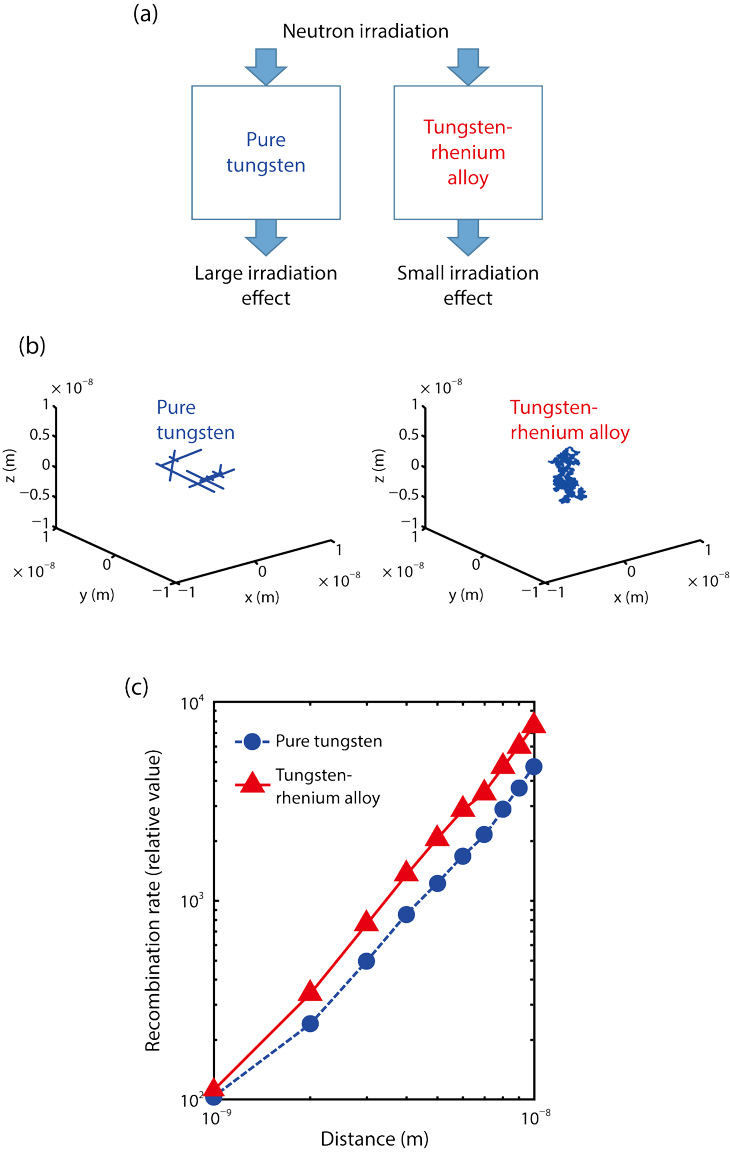
Fig.9-8 Irradiation effect in pure tungsten and tungsten-rhenium alloy
Nuclear-energy generation originates with a nuclear fission or fusion chain reaction through neutrons. The degradation of the structural materials of these reactors through the neutron irradiation is inevitable; however, such degradation must be minimized to achieve safe and economical operation. In particular, plasma-facing walls are exposed to high-energy neutron irradiation in addition to high-temperature plasma, and they are used in extreme environments. Tungsten, which is a refractory metal, is the prime candidate for use as such walls in future fusion reactors.
Prior to recent detailed studies, it had been believed that tungsten would not easily absorb hydrogen isotopes such as deuterium, which is a nuclear-fusion-reactor fuel; this property would be beneficial if tungsten were to be used as a plasma-facing material. However, it is now known that tungsten does absorb hydrogen isotopes at atomic-sized holes that are generated by neutron irradiation. Such absorption of fuel inside the wall is not favorable from either economy- or safety-related points of view. It is however known that the irradiation effects are suppressed in tungsten-rhenium alloys compared with pure tungsten (Fig.9-8(a)), but the mechanism of this favorable effect is not known. We also know that rhenium atoms inside tungsten become aggregated and make materials more brittle, which is an unfavorable effect. For the reasons above, we wondered if rhenium could be substituted by other elements to achieve a favorable effect, and we needed to know the mechanism of this effect.
Under fast-neutron irradiation, some atoms at lattice sites are displaced and are inserted at interstitial positions, leaving vacancies behind. Suppression of irradiation effects means that displaced atoms tend to recombine with vacancies also generated by irradiation. In this study, we thoroughly investigated the migration and recombination of displaced atoms in pure tungsten and tungsten-rhenium alloy using density-functional-theory-based first-principles calculations. We found that interstitial atoms in pure tungsten migrate one-dimensionally, while those in the alloy migrate randomly (Fig.9-8(b)). Fig.9-8(c) shows how this difference propagates to the difference in the recombination rate, i.e., the probability of an interstitial atom recombining with a vacancy located within a given distance. Notice that the probability is larger in alloys than in pure tungsten. This suggests that random migration of interstitials reduces irradiation effects; various experimental evidence that we have obtained so far has supported this notion. In the future, we would like to search for new radiation-resistant alloys based on the current results.
This work is supported by the Japan Society for the Promotion of Science (JSPS) KAKENHI Grant-in-Aid for Scientific Research (C) (No.15K06672).
<Previous: 9-3 | Next: 10 Development of Science & Technology for Nuclear Nonproliferation>